Follow us on this dark journey, in the review of a great JRPG classic, or Persona 3 Portable
Atlus is one of the most popular JRPG series in gaming history. In the wake of the success of the fifth chapter, recently landed on all platforms in its definitive version, called “Royal” (find our analysis on this link), the Japanese software house has decided to make available again (for now only digitally) also two of the previous titles, in such a way as to allow even newbies to experience the origins of this successful series by hand. So here’s our review of the return of Persona 3 Portable.
Welcome back to Tatsumi Port Island
The game opens with the choice of the character’s gender. Contrary to what happens in most RPGs, here this decision will have effects on the plot, with the game itself recommending that we start with the male protagonist if we are newbies. Once you have made your choice and given a name (and a surname) to your character, you will find yourself in the dormitory of Gekkoukan High School, the Tatsumi Port Island school that you will attend for an entire school year.
Yes, because although P3P is not to all intents and purposes the progenitor of the series, it is instead the first title to introduce those Life Simulator elements that we will also find in subsequent episodes. The progression will in fact be marked by the days of the week that will gradually follow one another, and in which the various events that make up the plot will take place. This is precisely a story with dark tones, which is reconfirmed as the key element of the title.
In fact, the dialogues and the narrative are the masters, occupying a large part of the games, but fortunately (longtime fans know it well) we are talking about an excellently written story that is still able to captivate today. Despite this, it is an aspect that may not meet everyone’s tastes and, if you are approaching the series for the first time, keep this in mind.
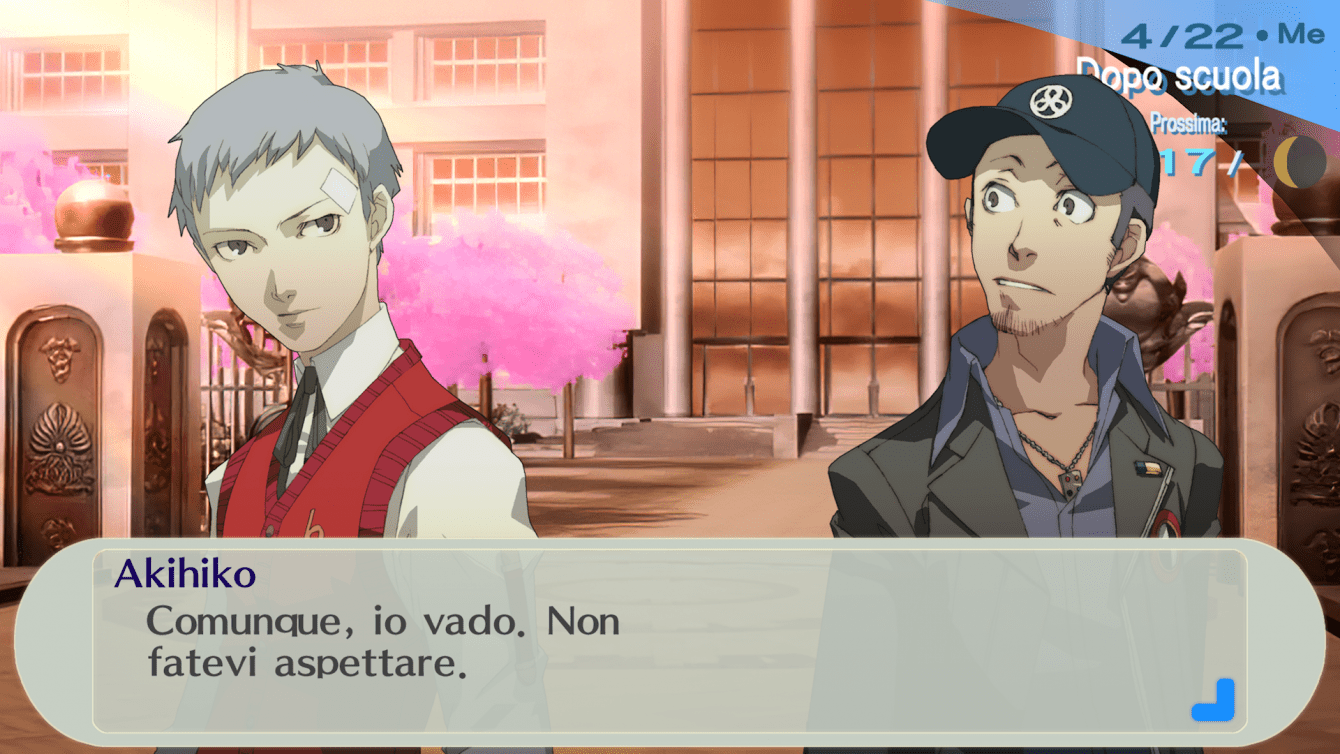
Student life – Review Persona 3 Portable: Shadows from the past
As we said, Persona 3 Portable was the first installment of the series to introduce the famous Life Sim mechanics. The story we are going to experience will in fact be marked by the various days of the week, and these in turn will be divided into various time slots such as morning, after school, evening, etc. In fact, once we have completed our school commitments, we will have the opportunity to spend our time in various activities. Often, and especially in the first part of the adventure, these will be rather guided, with the various characters who will advise us on what to do, but we will still often have a margin of exploration of the city. Following the lessons carefully, making friends or more, will allow us to develop our personal statistics, which will then be reflected in battle and on the growth of our Personas.
Tastumi Port Island will be divided into various city districts that we will be able to visit by selecting them from a map. However, since this is the reissue of the PSP version, the exploration will not take place by assuming direct control of our character. The areas will appear to us with a bird’s eye view and, using a cursor, we will be able to navigate these areas and select whether to take a door or speak to a specific NPC. At times, everything is almost reminiscent of the navigation of point-and-click graphic adventures, with 2D Sprites replacing the polygonal models of the characters. It is a somewhat static system, which the software house has decided to re-propose as it is, but to which one can easily adapt, also because the activities to be carried out will still be many.
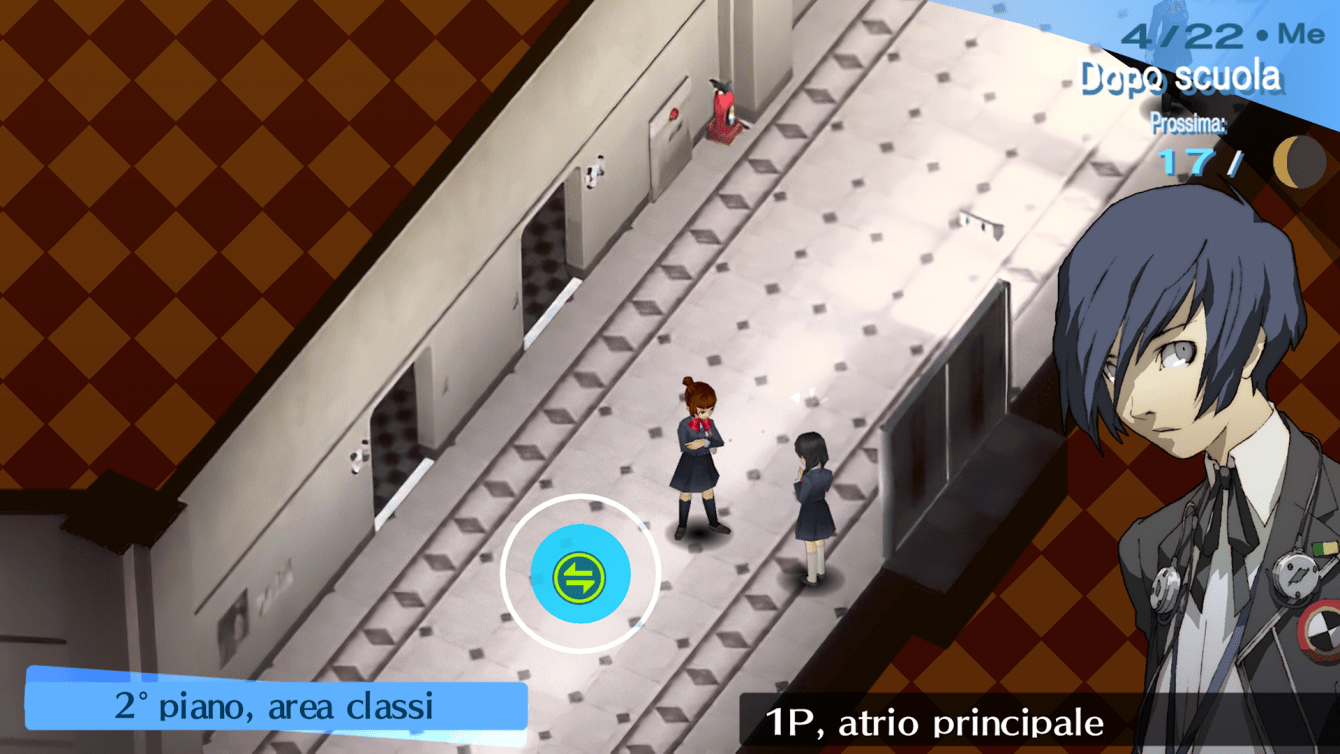
In the shadow of the tower – Review Persona 3 Portable: Shadows from the past
Shortly after the start of the adventure we will learn about the fateful Ora Buia, or a hidden hour that takes place between midnight and one in the morning. In this period of time, while ordinary people are not conscious, monstrous beings called Shadows roam, who can devour the mind of ordinary mortals. Few individuals, including our protagonist, are able to remain conscious during this hidden hour, and therefore decide to team up to oppose these beings, directly assaulting their lair: a spectral tower called Tartarus, which appears in the city only during the Dark Hour.
The incursions into Tartarus represent the other side of the Persona 3 Portable gameplay, which completes what was mentioned in the previous paragraph of this review. Here we will finally have total control of our character, and we will be able to give orders to the supporting actors who will follow us. The labyrinthine corridors of the tower will hide treasures but also opponents to face through classic turn-based battles.
Here the beating heart of the Atlus title appears in all its strength, thanks to a combat system that is still enjoyable and satisfying today, based on discovering and exploiting enemy weaknesses. At this point the Personae come into play, or the projection of the fragments of the soul of each character, which appear in battle in the form of fully armed demons, giving us offensive and defensive skills capable of making a difference on the battlefield .
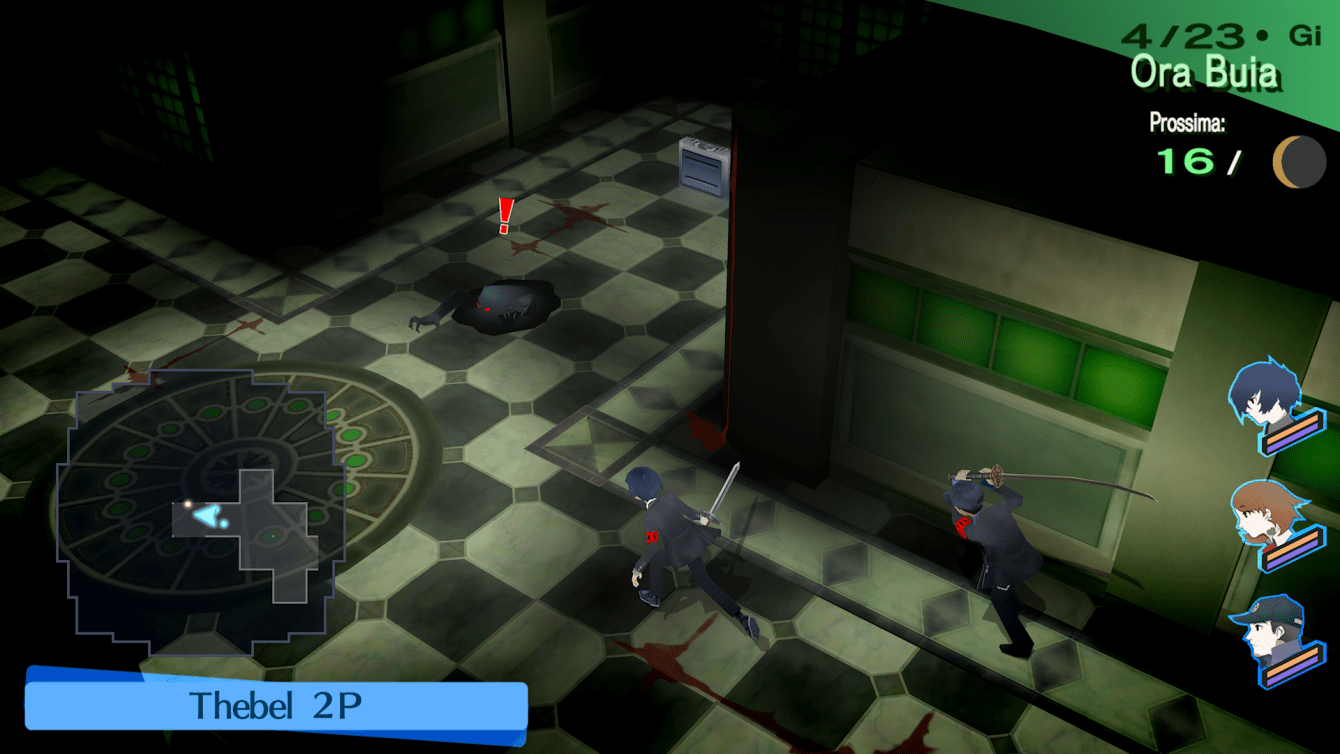
A few wrinkles – Review Persona 3 Portable: Shadows from the past
For our review, we tested Persona 3 Portable on Xbox Series X without experiencing any performance issues. We are clearly not facing a remake, therefore the graphic aspect of the game has remained the same as it once was. This is especially noticeable during the battles, in which the graphic rendering moves to a rather bare 3D and child of another era. Even in some 2D stages, such as during cutscenes featuring beautiful anime-style artwork, the overall rendering felt a little grainy at times, especially on a newer TV.
If clearly a modern graphic rendering cannot be expected from the re-proposition of a title originally released in 2009 on PSP, on the other hand it is true that not too minor details such as the already mentioned exploration made of semi-static screens, could have an effect a bit strange. Undoubtedly these are subjective opinions and to which one can easily adapt, nevertheless perhaps by combining (or making available at the discretion of the user) the 3D exploration present in the original for PS2 and in the FES edition, with the additions of the PSP, the definitive port of this JRPG milestone could have been created. It is true that those who approach this game do not do it mainly for the graphic rendering, nevertheless if we were to look for an aspect that has suffered more the weight of the years perhaps it would be this one, and this is felt even more on new generation consoles .
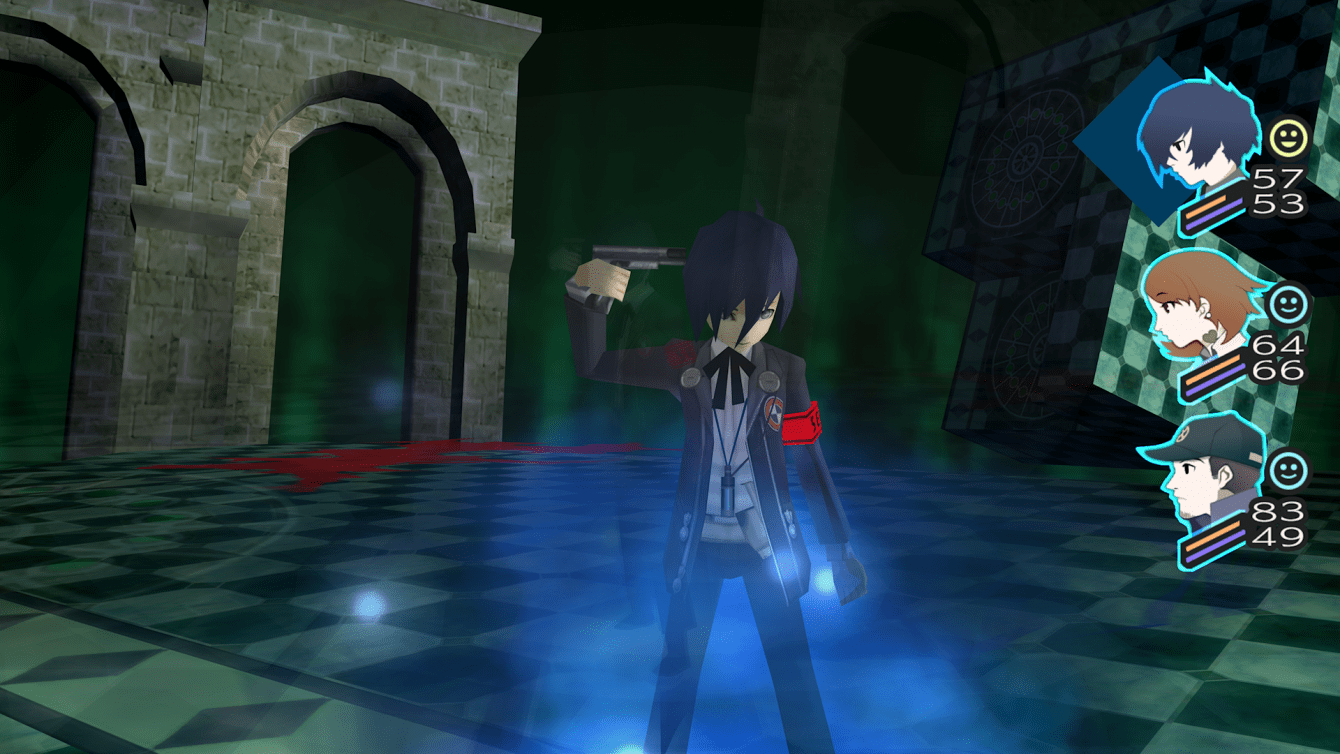
What Persona are you?
P3P is not the fifth chapter, this is clear right away. Yet without it there would be no fifth chapter. It is a game which undoubtedly has the merit of having laid the foundations of the series as we know it today, which is finally also available in Italian. Therefore, if you are interested in finding out how it all began (and you are willing to come to terms with graphics and some mechanics that are certainly a little more crude than in the last adventure of Joker and company), you will find in this title a story capable of captivating you today as then.
What do you think? Have you already played this title or are you planning to do it for the first time thanks to this return? Let us know in the comments and stay tuned to TechGameWorld.com for all the news dedicated to the world of video games. To buy video games at a discounted price, we advise you to take a look at the Instant Gaming catalogue.
A more than welcome return, finally also in Italian.
Plus points
- A story still capable of kidnapping you today
- Gameplay mechanics as valid today as then
- Finally translated into Italian
Points against
- The preponderance of fiction may not suit everyone’s taste
- Some details of the gameplay (such as 2D explorations) can be alienating
- The graphic adaptation could have been done a little better, especially on next gen consoles






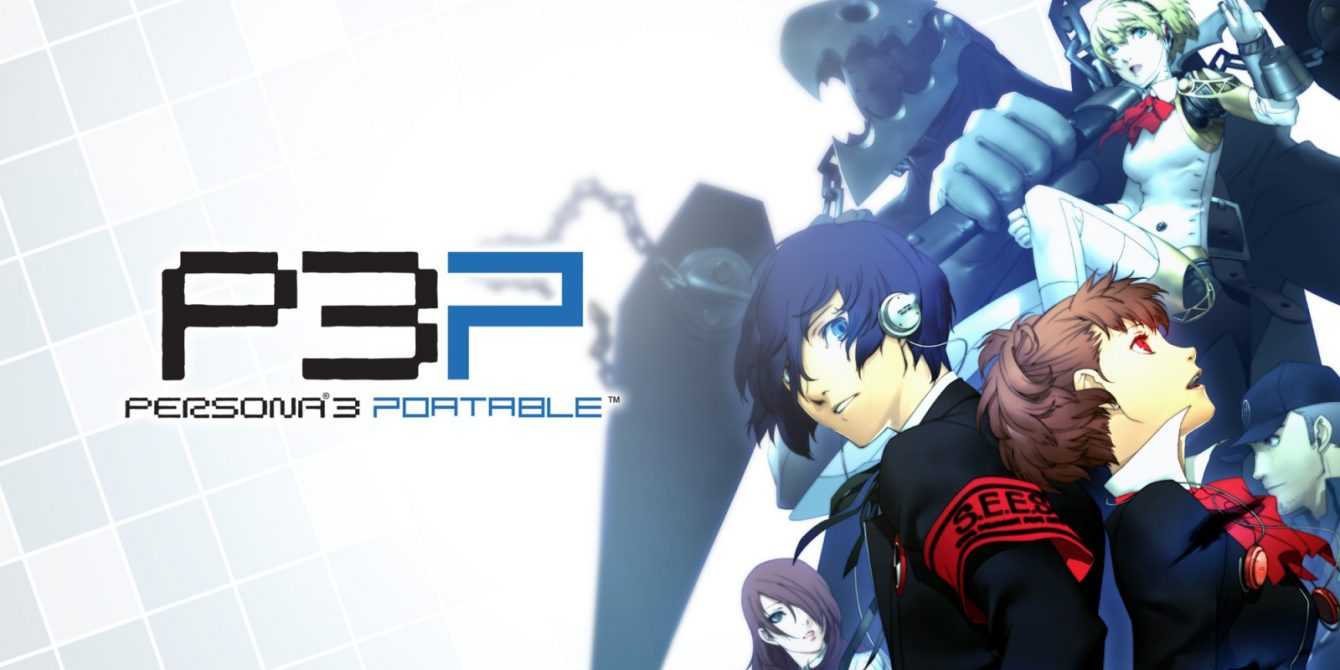





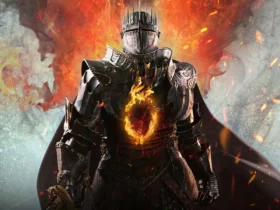


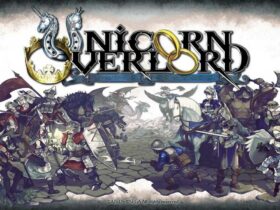
Leave a Reply
View Comments